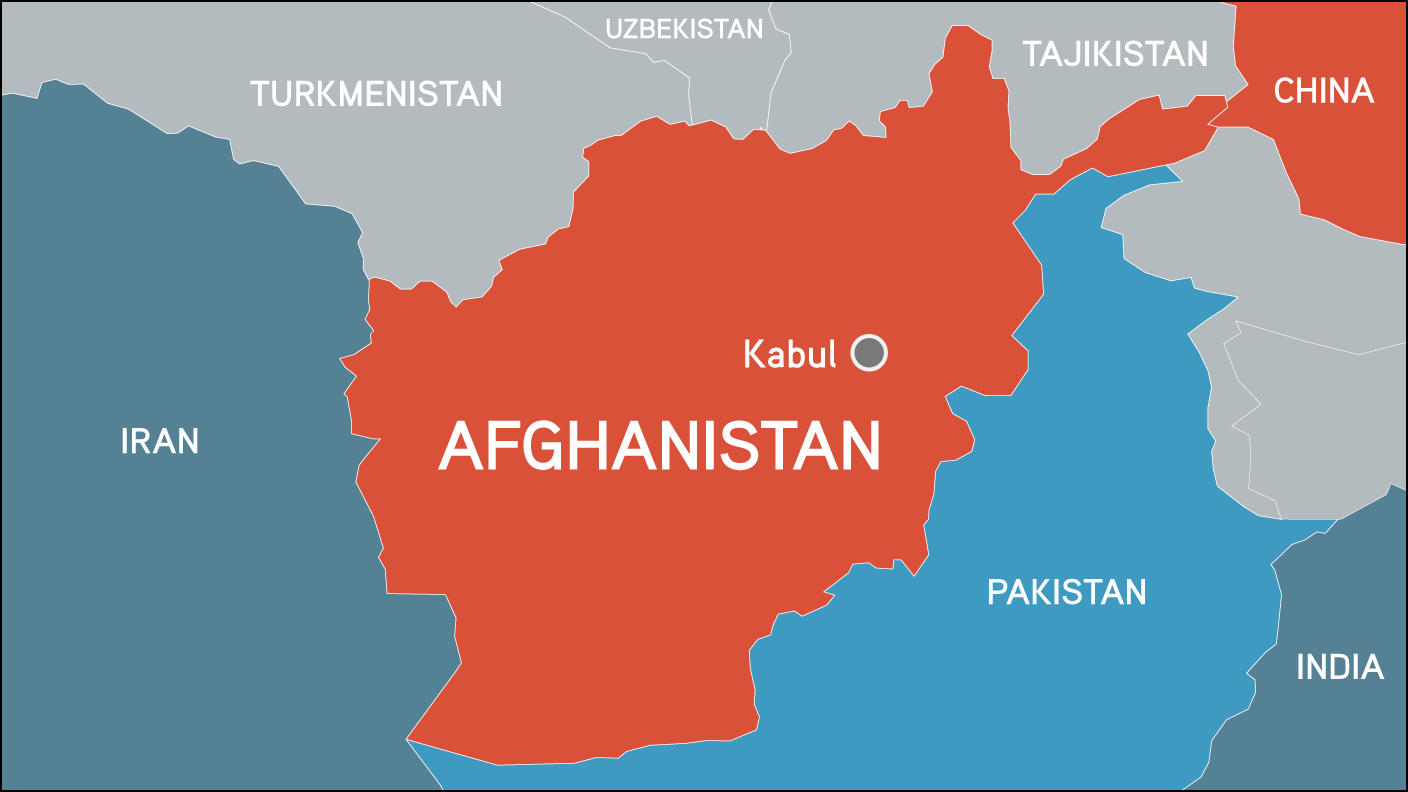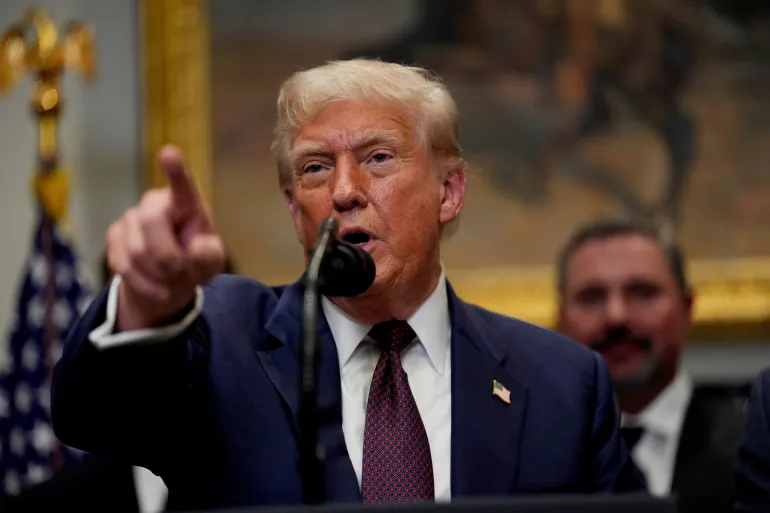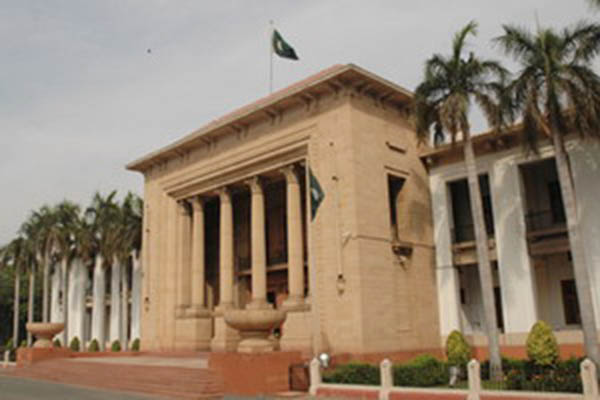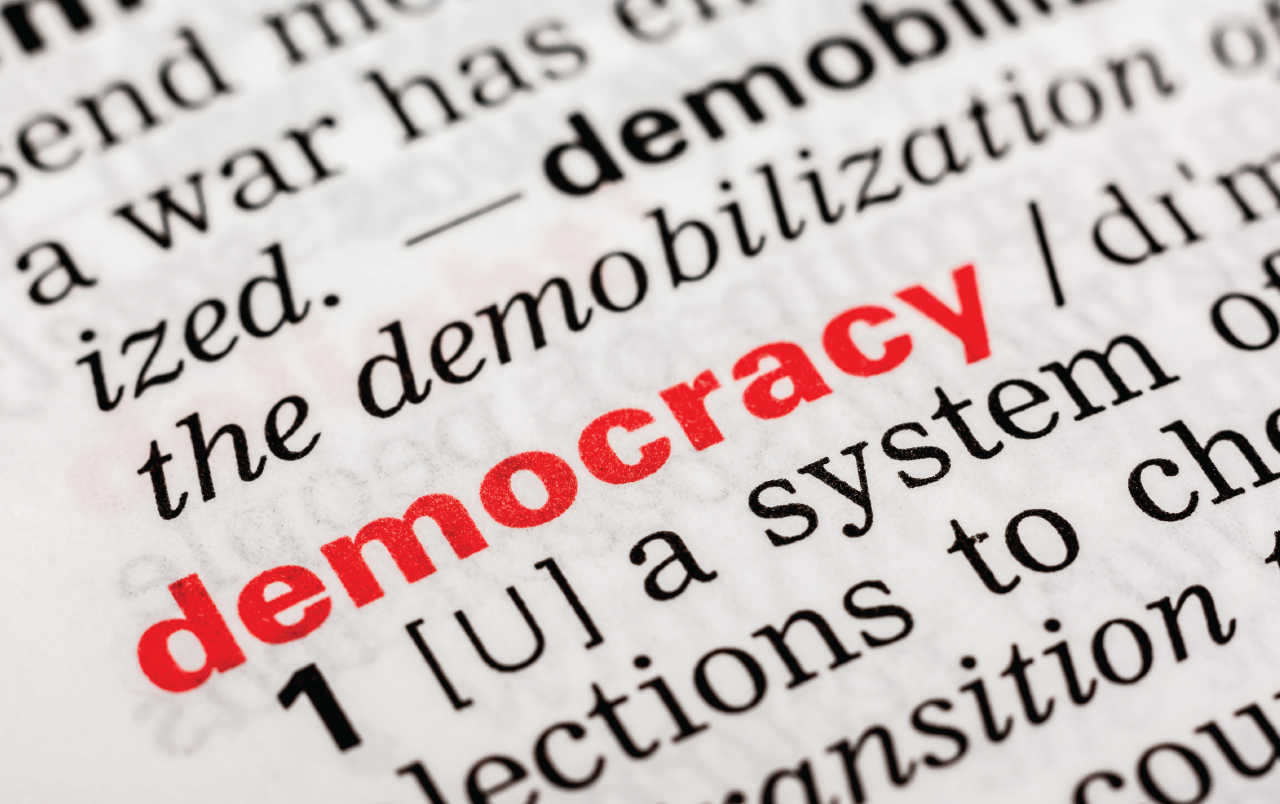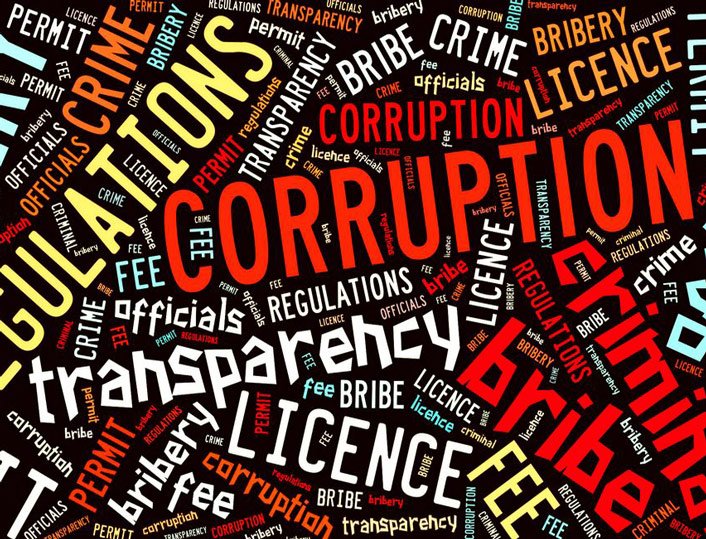Arshad Mahmood Awan
In northern and northeastern Afghanistan, particularly in the provinces of Badakhshan, Takhar, Kunduz, Panjshir, and Baghlan, the Tajik population is facing one of the most sensitive moments in its modern history. Comprising nearly a quarter of Afghanistan’s total population, Tajiks have long been integral to the nation’s political, literary, and cultural life. Yet under Taliban rule, many within this community feel their identity, representation, and influence have been systematically eroded.
Since the Taliban’s return to power in 2021, Afghanistan’s power structure has become heavily centralized around Pashtun leadership. The Taliban government, dominated by southern and eastern Pashtun factions, has filled most state institutions, provincial offices, and security hierarchies with members of its own ethnic base. This has not only alienated non-Pashtun communities — particularly Tajiks, Uzbeks, and Hazaras — but also deepened ethnic polarization in a country already struggling to forge a cohesive national identity.
Follow Republic Policy on YouTube
Tajiks, who historically contributed to Afghanistan’s intellectual and political evolution, now find themselves pushed to the margins. Their cultural heritage — rooted in Dari language and Persian civilization — is being overshadowed by a rigid Pashtun-centric narrative that seeks to define Afghanistan’s national character narrowly. This has stirred anxiety among Tajik scholars, poets, and youth, who fear that their historical and linguistic identity is being erased.
In Panjshir and parts of northern Afghanistan, sporadic resistance movements have emerged, led by remnants of the former Northern Alliance. While these uprisings remain fragmented and militarily weak, they symbolically reflect the resentment of a community that once fought to shape Afghanistan’s pluralistic identity.
The issue is not confined to power-sharing; it extends to recognition and respect. Under the Taliban, the Dari language has been gradually sidelined in official communication and education. The promotion of Pashto as the dominant administrative language has ignited cultural unease among Tajiks, who view it as a deliberate attempt to redefine the Afghan nation-state in ethnic rather than civic terms. The exclusion of Dari literature, poetry, and broadcasting voices from public institutions signals a silent but steady erosion of cultural diversity.
Moreover, the Taliban’s governance model — rooted in ethnic hierarchy and religious rigidity — leaves little room for inclusion. Even within its provincial administrations, the representation of Tajiks remains tokenistic. The political disenfranchisement of a community that once produced some of Afghanistan’s most prominent leaders, such as Ahmad Shah Massoud and Burhanuddin Rabbani, reflects the deep transformation of Afghanistan’s political order.
Follow Republic Policy on Facebook
The sense of alienation among Tajiks has begun to take on transnational dimensions. While there is no active or organized movement for unification with neighboring Tajikistan, there is growing discussion — especially among young Tajiks and intellectual circles — about shared heritage, language, and destiny. The idea of cultural integration, rather than political secession, is gaining emotional currency. The Tajik identity, long Afghan and proudly so, is now being reimagined in regional and linguistic terms, mirroring the ethnic re-alignments reshaping Central Asia.
This raises a provocative question for the region: if Afghan Pashtuns claim cross-border kinship with Pakistan’s Pashtuns, why should Afghan Tajiks not seek deeper alignment with Tajikistan? Such reflections, though still theoretical, highlight the dangers of an exclusivist national ideology that denies multi-ethnic participation.
Follow Republic Policy on TikTok
Tajikistan’s government has so far maintained diplomatic caution, avoiding any open endorsement of Afghan Tajik grievances. Yet Dushanbe has repeatedly criticized the Taliban for failing to form an inclusive government. Tajikistan’s stance is driven both by concern for its ethnic kin and by fear of instability spilling over the border. The northern Afghan provinces remain vital for trade and security cooperation between the two countries, and renewed ethnic unrest could easily destabilize this fragile frontier.
If the Taliban continue to centralize authority in the hands of Pashtun leaders and suppress linguistic and cultural pluralism, Afghanistan risks deepening ethnic fault lines. A political system built on exclusion cannot endure in a country of such rich diversity. The Tajiks, with their long history of political sophistication and cultural resilience, are unlikely to accept permanent subordination.
Follow Republic Policy on Instagram
For Afghanistan’s stability, inclusivity must replace dominance. The Taliban must recognize that governing a multi-ethnic nation requires equitable representation and respect for all languages and cultures. Otherwise, the marginalization of Tajiks could evolve into a larger ethnic and political movement that reopens the wounds of Afghanistan’s civil past.
The current moment in northern Afghanistan is thus not just about ethnic identity — it is about the soul of the Afghan state. Will Afghanistan remain a mosaic of cultures bound by shared citizenship, or will it devolve into a federation of grievances divided along ethnic lines? The answer depends largely on whether the Taliban can transcend their narrow nationalism and embrace the country’s plural reality.
For now, the Tajik question stands as a warning — a reminder that no government in Afghanistan’s history has survived by alienating a quarter of its people.



